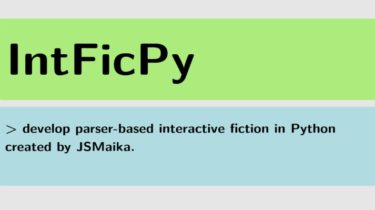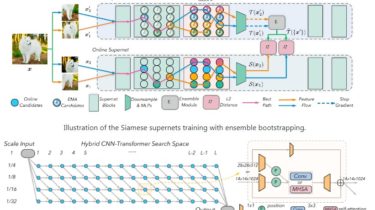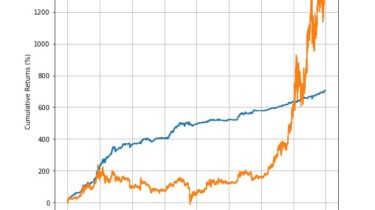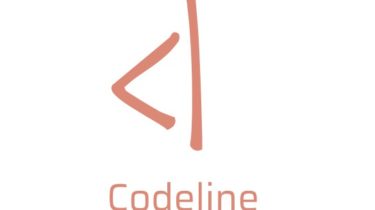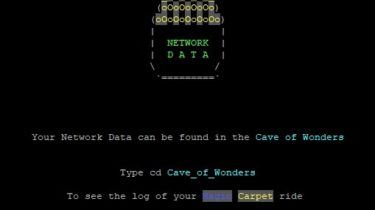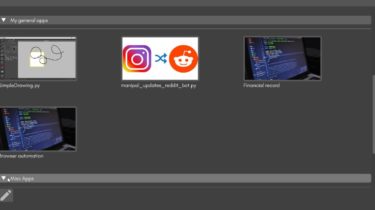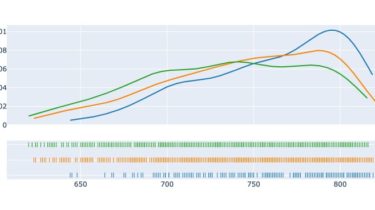An engine for building interactive fiction with Python
About IntFicPy A python library for writing parser-based interactive fiction. Currently in early development. Parser-based interactive fiction Parser based interactive fiction, sometimes called text adventure, is a story displayed through text, that the reader/player interacts with by typing out commands. Typing “get lamp”, for instance, will cause the character to take the lamp. Why IntFicPy? All of the major systems for writing parser based interactive have their own languages, useful for nothing else. With IntFicPy, I wanted to make it […]
Read more